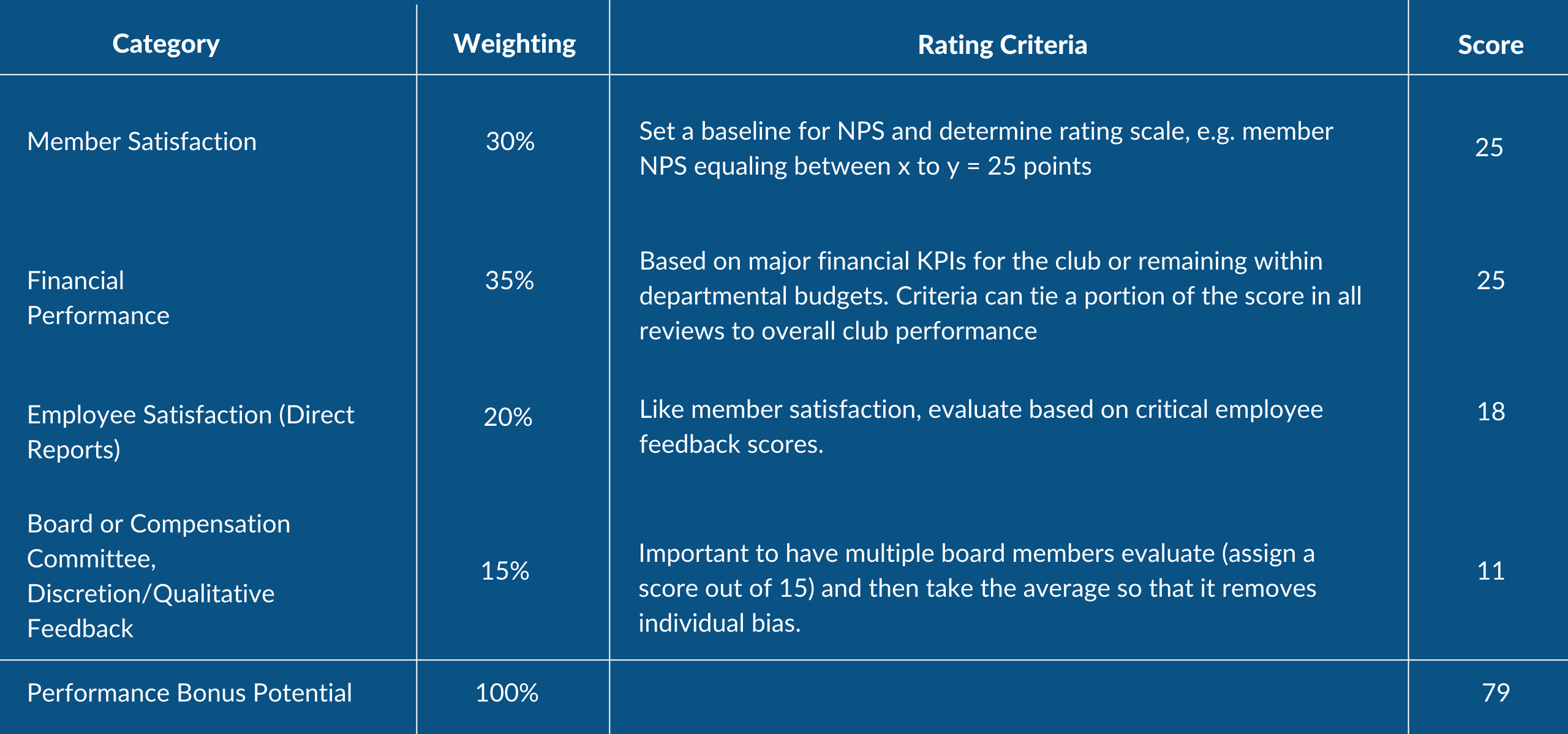General Manager
Silverleaf
Scottsdale, AZ
The Club
Silverleaf is tucked into the canyons of the McDowell Mountains and surrounded by the McDowell Sonoran Preserve in the heart of North Scottsdale.
This private club features a Tom Weiskopf designed, 18-hole championship golf course that winds along 7,322 yards of inspiring terrain. The 50,000 square-foot rural Mediterranean-style Silverleaf Clubhouse is highlighted by world class spa facilities, resort and lap pools, fully appointed men’s and women’s locker rooms, as well as fine and casual dining.
The Club offers an array of experiential programming designed to enrich the lives of members and their guests, including wine dinners, golf outings and holiday festivities as well as painting, yoga and meditation.
For more information about Silverleaf, please visit www.silverleafclub.com. To view the Silverleaf video, click here.
Silverleaf Overview
- Memberships: 350
- Initiation Fee: $450,000
- Annual Dues: $27,500
- Gross Volume: $23 million
- Annual Dues Volume: $10.5 million
- Food & Beverage Volume: $4 million
- Gross Payroll: $8.5 million
- Employees: 120 in season
- Governed by a Single Owner
- Average Age of Members: 50’s

The General Manager Position
The General Manager (GM) reports directly to the Club ownership and has total operational responsibility for all aspects of Silverleaf. In this position, the chosen candidate will oversee a private club with a championship golf course, multiple dining venues, and a broad array of other amenities.
Primary Responsibilities
- Coordinate the development and execution of the long-range and annual business plans to achieve the Club’s mission
- Prepare comprehensive operating plans and budgets, obtain approval from Club ownership and operate in accordance with approved budgets
- Maintain a long-term capital budget to assure the sustained material condition of all physical assets of the Club
- Plan, develop and approve specific operational policies, programs, procedures, methods, rules and regulations in concert with Club ownership-approved policies
- Direct all staff recruiting and training
- Establish employee rules and regulations, work schedules, internal controls and a performance appraisal system
- Ensure the highest standards are set and achieved for member satisfaction
- Operate the Club in accordance with all applicable local, state, and federal laws
- Ensure compliance with regulatory and other governmental agencies that have oversight of various club assets and operations, including utility regulation, water quality and environmental statutory law compliance
- Provide Club ownership with relevant information on trends and developments for club/residential community businesses
- Oversee security and risk management, along with health and safety programs, to ensure measures are in place to protect members, employees, staff, and club physical assets
- Interact with local community leaders and organizations
- Perform other duties and functions as Club ownership may direct that are consistent with this job description
Direct Reports
- Executive Chef
- Spa Director
- Director of Agronomy
- Director of Golf
- Director of Engineering
- Director of Member Experience
Core Leadership Competencies
The GM must possess the following abilities:
- Define a simple and understandable vision of success for the management team
- See the big picture, take stock, identify problems/needs and conceptualize solutions/strategies
- Focus on the essentials, attend to details and follow through on decisions
- Create a sense of followership among subordinates
- Attract and develop a strong supporting management team
- Demonstrate a strong member satisfaction ethic
- Interact with the membership in a frequent and friendly manner
- Articulate the highest performance and ethical standards, demand compliance, and move swiftly and positively when corrective action is warranted
- Cope with day-to-day pressures, and maintain a healthy and positive culture
Candidate Qualifications
- A minimum of 7 years of progressive leadership and management experience in a private club environment.
- A Bachelor’s Degree from an accredited college or university, preferably in Hospitality Management or Business.
- Certified Club Manager (CCM) or in active pursuit of designation preferred.
Salary & Benefits
Salary is open and commensurate with qualifications and experience. The club offers an excellent benefit package.
Inquiries
IMPORTANT: Interested candidates should submit résumés along with a detailed cover letter which addresses the qualifications and describes your alignment/experience with the prescribed position by October 19, 2022.
Documents must be saved and emailed in Word or PDF format (save as “Last Name, First Name, Silverleaf GM Cover Letter” and “Last Name, First Name, Silverleaf GM Resume”) respectively to: execsearchus@ggapartners.com. Please e-mail resume with references.























